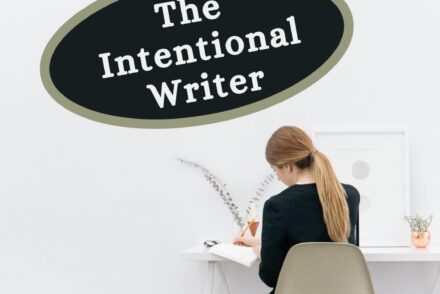
Build and Maintain Editor Relationships
Many times, through attending conferences, I’ve met a new editor, hit it off personally, and then collected a book…
April 26, 2025
Many times, through attending conferences, I’ve met a new editor, hit it off personally, and then collected a book…
April 26, 2025
An old saying is applicable to this secret: “It’s not what you know but who you know.” This adage…
March 26, 2025
An old saying is applicable to this secret: “It’s not what you know but who you know.” This adage…
February 25, 2025
After you have the various parts of the proposal and sample ready, prepare a list of publishers to whom…
February 4, 2025
Your first draft is only the beginning, not polished enough to send to a publisher. When your proposal is…
November 26, 2024
As writers, many people choose the course of least resistance. It’s easy to leave the spelling and grammar…
October 26, 2024
The most difficult element to find in your book proposal is something that is missing or not there. I…
September 26, 2024
Last month I told you about how you can gather high profile endorsements for your book proposal. Check this…
August 26, 2024
Do you know a well-known person who will agree to write an endorsement or foreword for your book? Resist…
July 25, 2024
Before you fire off your proposal to a literary agent or an editor, get permission to send them your…
June 28, 2024
In the early days of my writing, I wondered if I should submit my material one at a time…
May 26, 2024
One of the biggest errors I see with book proposals is the author has put little or no effort…
April 25, 2024
One of the most important parts of every book proposal is the sample chapter. The sample of your writing…
March 26, 2024
Every author has a challenge with their submission to an agent or editor. How can your proposal become irresistible?…
February 25, 2024
Many would-be authors are surprised to see this element in the component of an excellent book proposal. They think…
January 25, 2024
As the writer of the proposal (and eventually the book), it is your responsibility—not the editor’s or publisher’s—to create…
December 25, 2023
After reviewing countless book proposals, you would be shocked at the large number of authors who include a competition…
November 25, 2023
If you hope to pitch a book to a publisher, especially a non-fiction book, you will need to write…
November 24, 2023
As an acquisitions editor and a former literary agent, I’ve reviewed thousands of book proposals. For any writer who…
October 25, 2023
When you submit your materials, editors, agents and publishing executives prefer to read a well-crafted proposal instead of a…
September 26, 2023
At a small coffee shop, I met Joe Leininger who had traded for ten years in the Eurodollar Pit…
August 25, 2023
Possibly you are an author who writes nonfiction and fiction. Because I’ve worked in both areas of the market—fiction…
July 25, 2023
You have a burning desire to write a book. Join the crowd. You might be surprised to learn how…
June 25, 2023
“The publisher will never use my title.” Or “It doesn’t matter what I call my book because the…
May 26, 2023
Most authors are focused on writing the best possible manuscript—an important task. While your writing is important, there is…
April 26, 2023